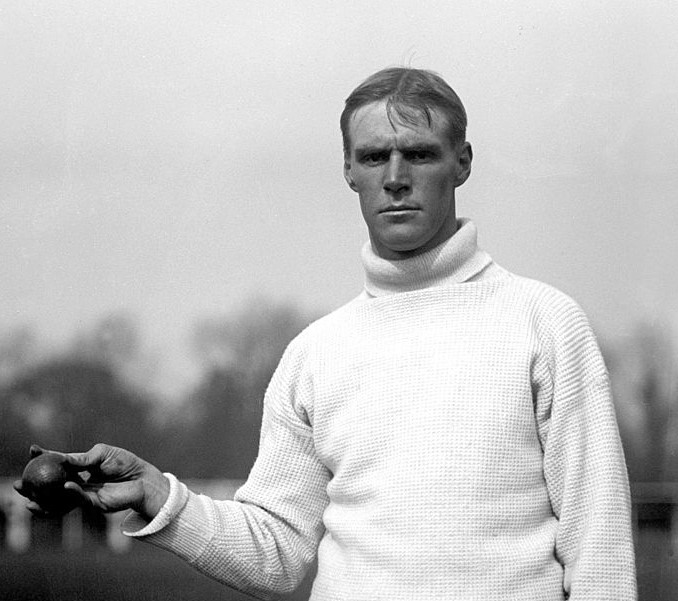The Great Grandson of an Irish rebel leader
John Elisius (invariably identified as E.B.Dwyer and known as Ben) was born into a large Irish/Australian family in 1876 in Redfern, Sydney, New South Wales, Australia, half a world away from where he would make his mark on the field of Sussex first class cricket. The story of that journey starts in Camara, Imaal, Ireland in 1772, when one Michael Dwyer was born, John’s great grandfather. Michael was brought up to be a patriotic Irishman and became a thorn in the side of the British, who were at that time trying to subdue the Irish Insurrection. He was United Irishmen captain in the 1798 rebellion and also fought in the guerrilla war against the British Army in the Wicklow Mountains between 1798 and 1803.

Michael was sent to Australia rather than the USA
After fighting many battles and managing to avoid capture on several occasions, he surrendered to the British on the understanding he would leave Ireland to be transported to North America. The British went back on their agreement and Michael finished up on the shores of Australia at Sydney in 1806 along with his wife Mary. He was later, in 1828, reunited with his sons John, Peter and his wife.
Among the children of John Dwyer, Michael’s son, was John Elicius Benedict Dwyer, born in 1838. John Elicius later married Isabel Annie Carrington in 1859 and their first born, in 1876, was our John Elicius Benedict Bernard Placid Quirk Carrington Dwyer. At that time Michael had 103 grand and great grandchildren, hence the propensity for long names.
His cricket career began in Australia
John played cricket from an early age for his local team Redfern CC. He may also have played for Melbourne Juniors against the tourists captained by Plum Warner 1903-04, although this cannot be substantiated, but a Dwyer did play and take 3 for 77 and was encouraged by Plum by saying “well bowled”.
Fry decided he had it in him
On arriving in England in 1904, John managed to contact C.B.Fry who agreed to watch him bowl and after a long session in the nets Fry decided that he had it in him, and he made his Sussex debut that year and routed Cambridge with four for 70 and four for 56. He was still ineligible to play in the Championship, so he played in the second XI, but when the Australians toured in 1905 he justified Fry’s faith in him, taking six Australian wickets for 178, including those of Trumper, Hopkins and Darling. As well as playing for Sussex that year, John had an outstanding stint with the Brunswick Club topping the batting averages with 66.91 and claiming 100 wickets at 7.40.
A wonderful debut season
The 1906 season was one to remember as John was now eligible for championship cricket. His first-class career started against Derbyshire with one for 29 and nine for 35, then against Middlesex he took seven for 56 and nine for 44, giving him match figures of 16 for 100. On a sticky wicket John was almost unplayable in the last few overs. These figures against Middesex were bettered only that season by Cox’s 17 for 106. Later in that season he walked out against Surrey with Sussex struggling at 125 for 8 and smashed a 50 ball 83 not out having already taken five for 83. The 1906 season was a poor one for Sussex, the main factor being a slump in the bowling performances of Cox and Killick and had it not been for John and Albert Relf things might have been much worse. John finished the season with 96 wickets at 26.8 and to round off a good start to his Sussex career, he got married in Steyning in October.
Followed by another before he was released
In the 1907 season John took 56 wickets at 27.65 including six for 25 against South Africa when they were out of 49, their lowest total on tour. John’s best seasons were those of 1906 and 1907 and he was never the same bowler again.
In 1908 and 1909 John completely and mysteriously lost his form, taking just five wickets in 1908 and just 4 from the 3 matches he played in 1909. Was the cause of this rapid decline poor health or something at home? We may never know but the inevitable happened at the end of that season, when as they say today, “he was released for transfer”.
An early death
In 1910 John was playing in the Lancashire League and he picked up 83 wickets at 11.07. The following year, 1911, he was signed by the North Staffordshire League but was suddenly taken ill and was unable to play again.
The 1911 census shows John as living in Hungerford Road, Crewe with his wife Annie of less than one year, and his Mother in law Rachel Swindell. If the census is correct this cannot be the wife from the marriage in Steyning. He was to live just one more year and at the age of just 36, on the 10th October 1912, John Elicius Benedict Bernard Placid Quirk Carrington Dwyer passed away . He was cremated on the 22nd October 1912
Can you help us?
This profile of a Sussex professional from the pre-World War Two era is the first of what we hope will be many further such profiles. If having read this you are able to provide further information on John Dwyer, we would like to hear from you. (Any additional information is subject to our editorial policy). To contact us click here